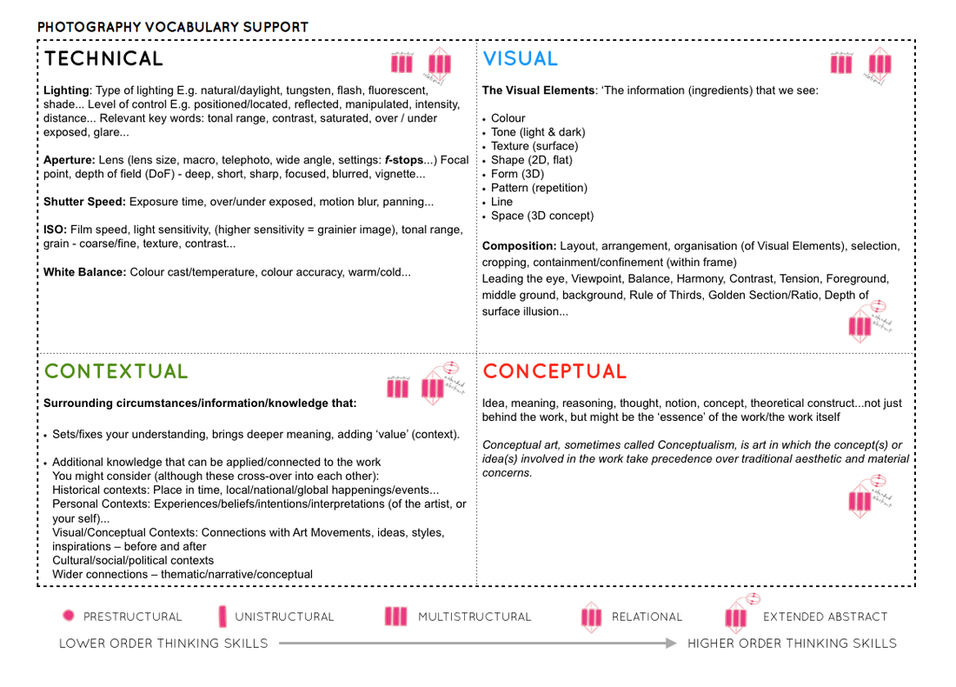Albert Renger-Patzsch and the New Objectivity
Renger-Patzsch has always been involved with photography since the age of 12 when he first started taking photos, after the first world war where he was part of the military service, he then went on and studied chemistry at Dresden Technical College.He then returned to photography in the early 1920s as a press photographer for the Chicago Tribune.
~~~~~~~~~~~~~~~
IMAGE ANALYSIS
Power lines – In the photo of the power lines the lighting of the photo is natural yet the lighting is quite harsh on the object as the tonal range is quite varied with strong shadows defining the outline. The light is coming from the top right corner, you can see that the level of control lacks as he doesn’t control the lighting nor how everything is aligned. The focus point of the photo is the bottom line on the middle circles with a sharp depth of field. The tone of this photo is very controversial as there are a contrast of darks and lights. The texture of the shapes are very smooth with 3D shapes which mainly has two lines going from the top left to bottom right.
~~~~~~~~~~~~~~~
Building – This photo has daylight lighting which you can see coming from the top left corner casting very gentile shadows. The focus of the image are the two front rectangles going from one building to another. the shutter speed must be fast as the image is quite dark in areas showing that it didn’t have a slow shutter speed. The tone of image is very wide as in the sky you can see it’s very white colourless whereas the shadows are quite dark making it harder to see the detail in the shadow. You can see repetition in the photo with the rectangle blocks going from the two building which is repeated behind going to another building.
~~~~~~~~~~~~~~~
SIMILARITIES
In both these photos they use natural daylight lighting used from everyday, they both have lines going across the image coming from a noticeable centre point. Both of the photos show repetition with the lines going across even though the power line has more repetition and the building has less but they both show repetition. Both the images are man made and not natural objects found in the wildlife showing how he focuses on man made objects.
~~~~~~~~~~~~~~~
DIFFERENCES
In the power line photo it has sharp deep shadows with a wide tonal range whereas the building photo has very light shadows and a small tonal range. With the photo of the power lines the cables going across the image are to be seen as messy and chaotic whereas the building has a clear set destination for the lines and gives a calm feeling to the person looking at the photo. In the power line photo is has a very smooth texture to it whereas the building photo has a rough texture due to the walls with white and black tones showing there is strong texture to it. The windows also have rough texture where some are missing and some are black.
~~~~~~~~~~~~~~~
My interpretation












































































































